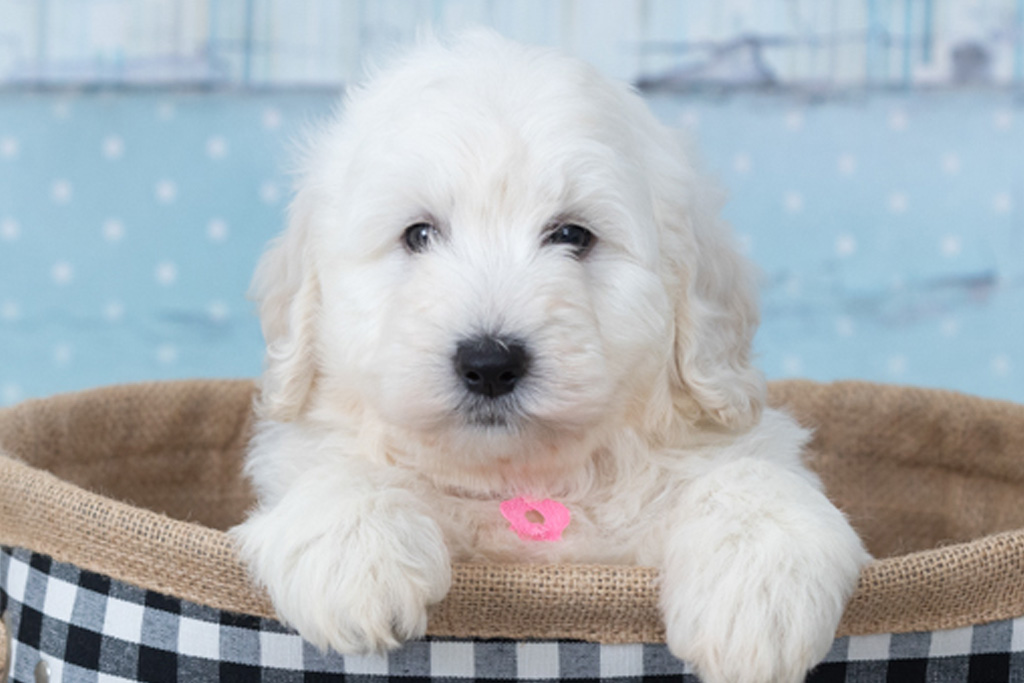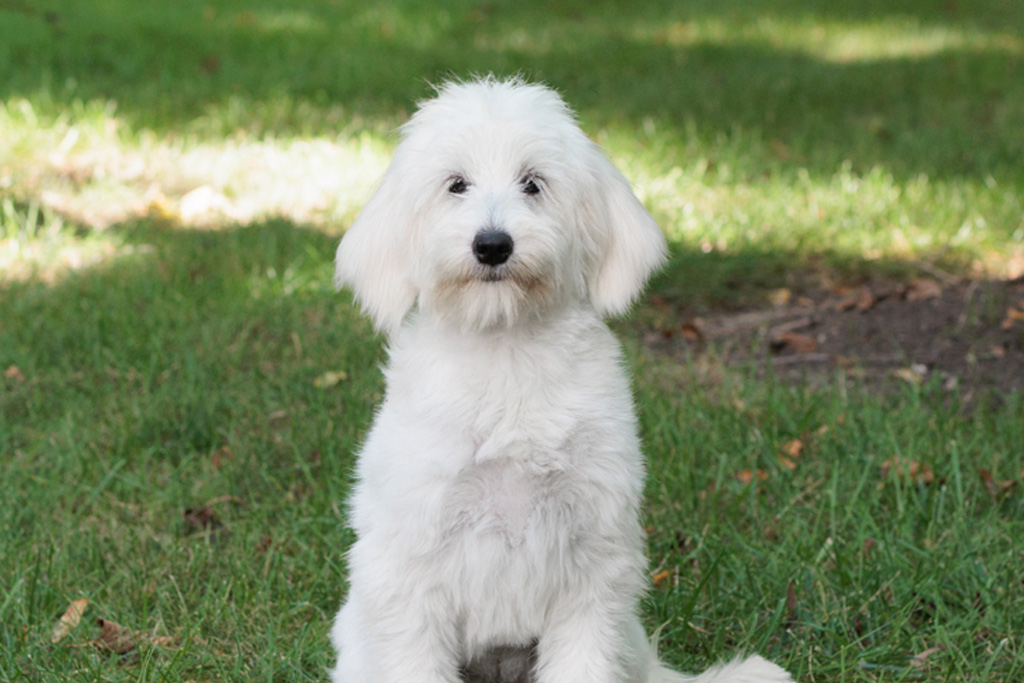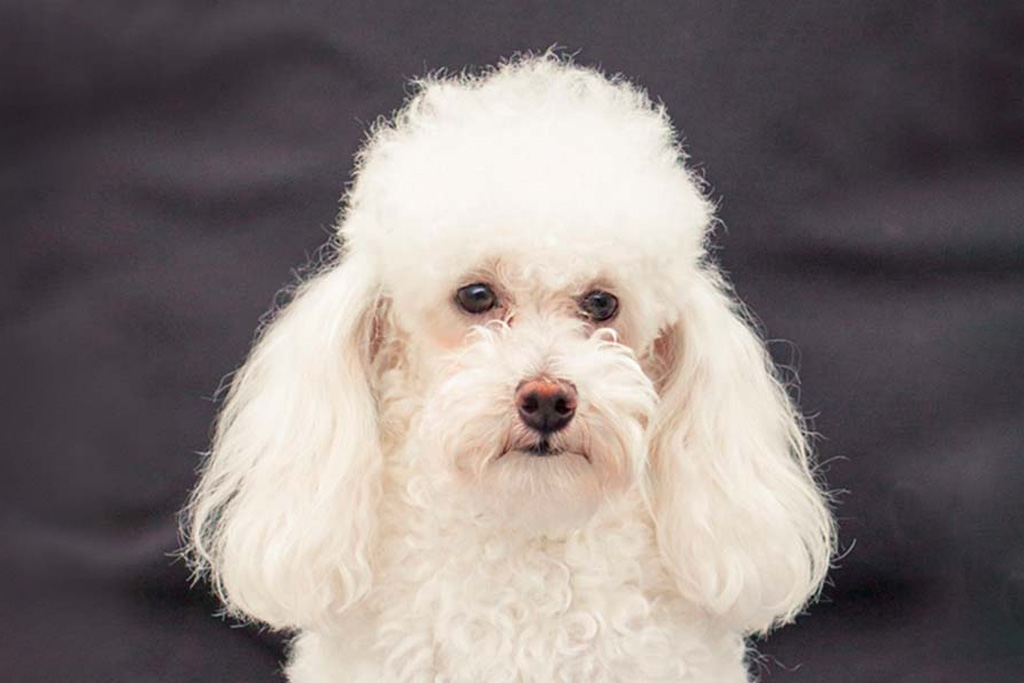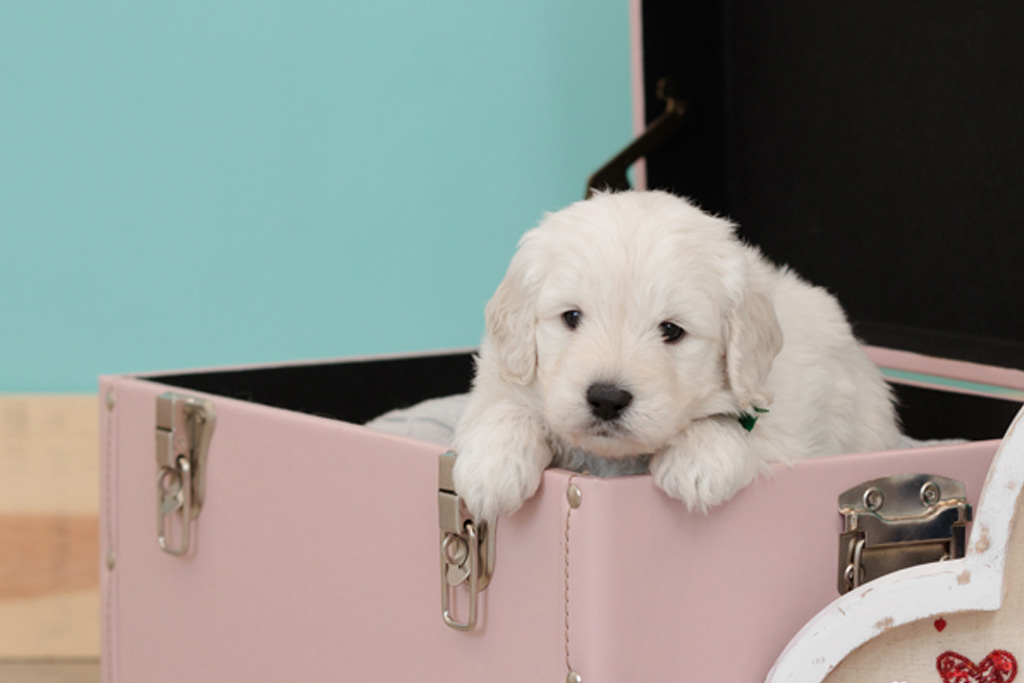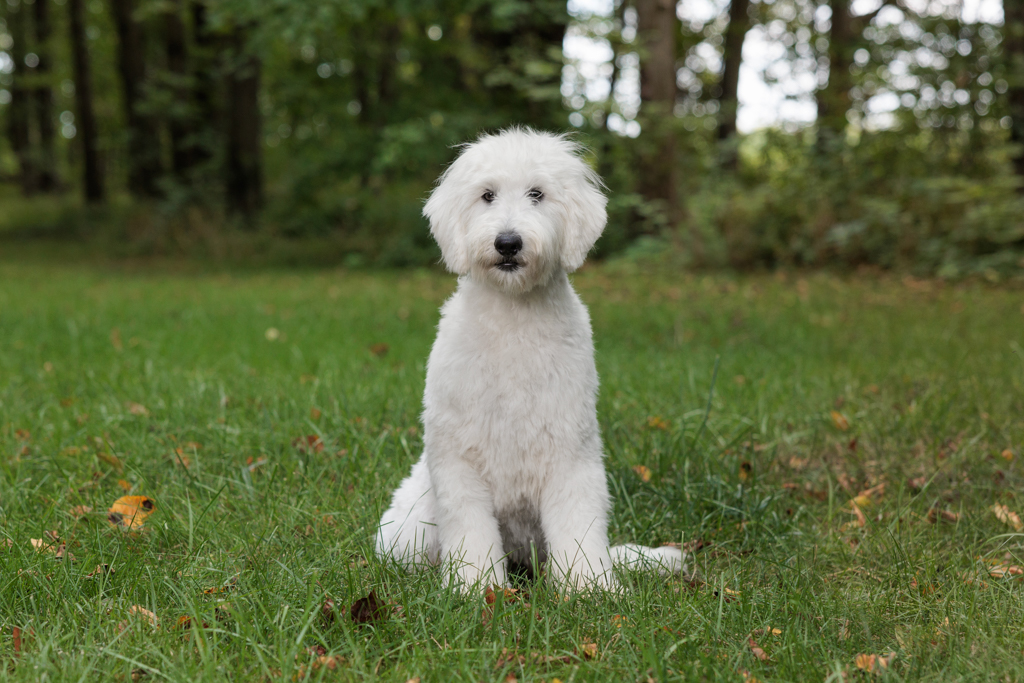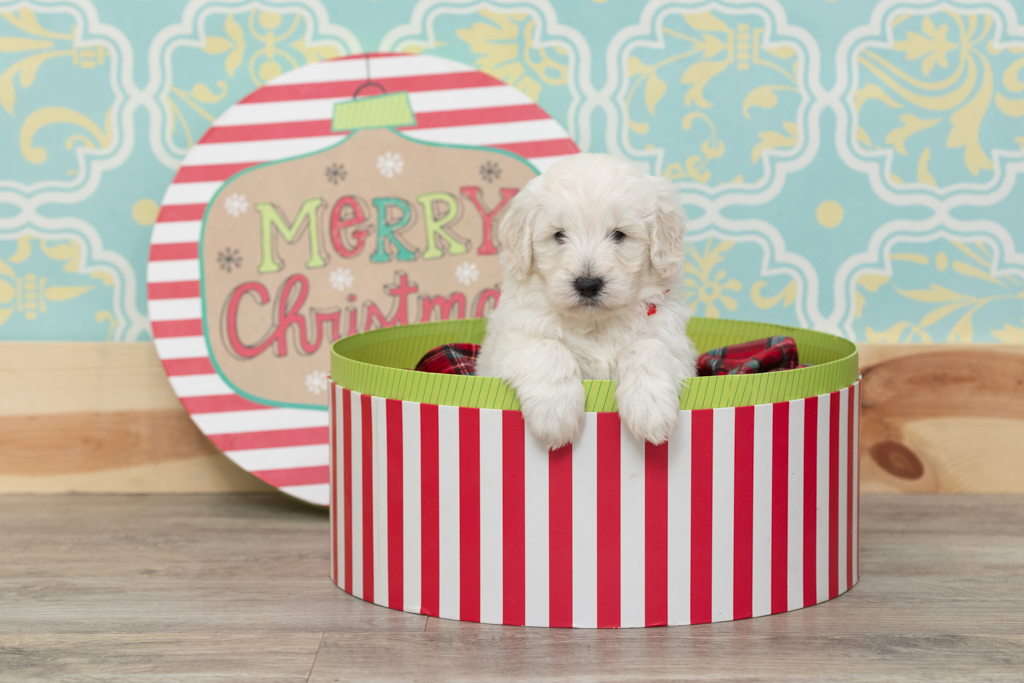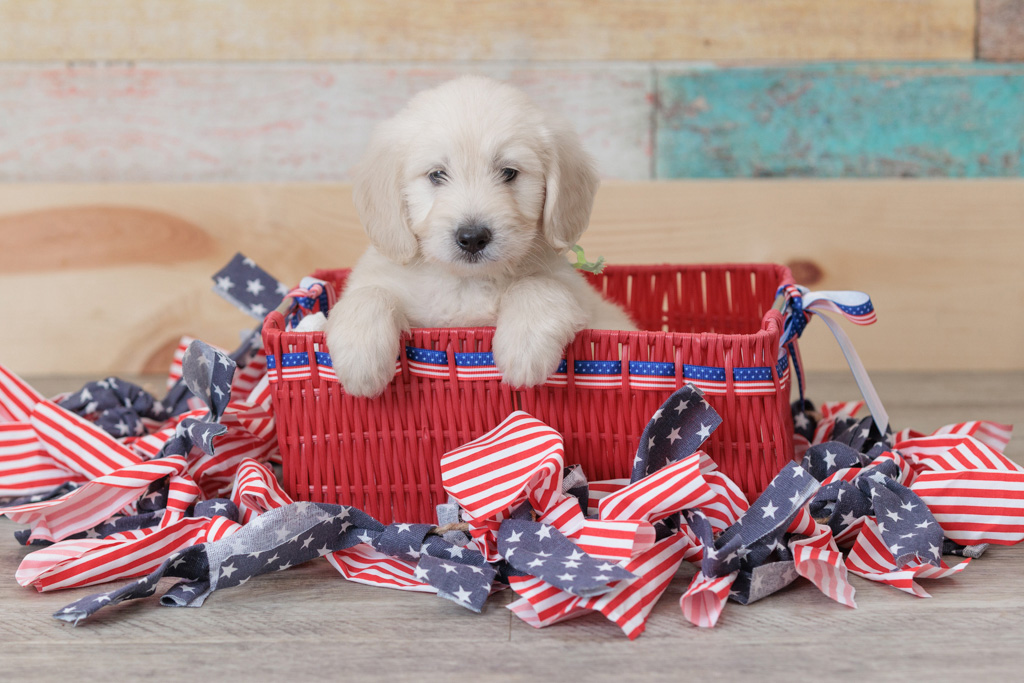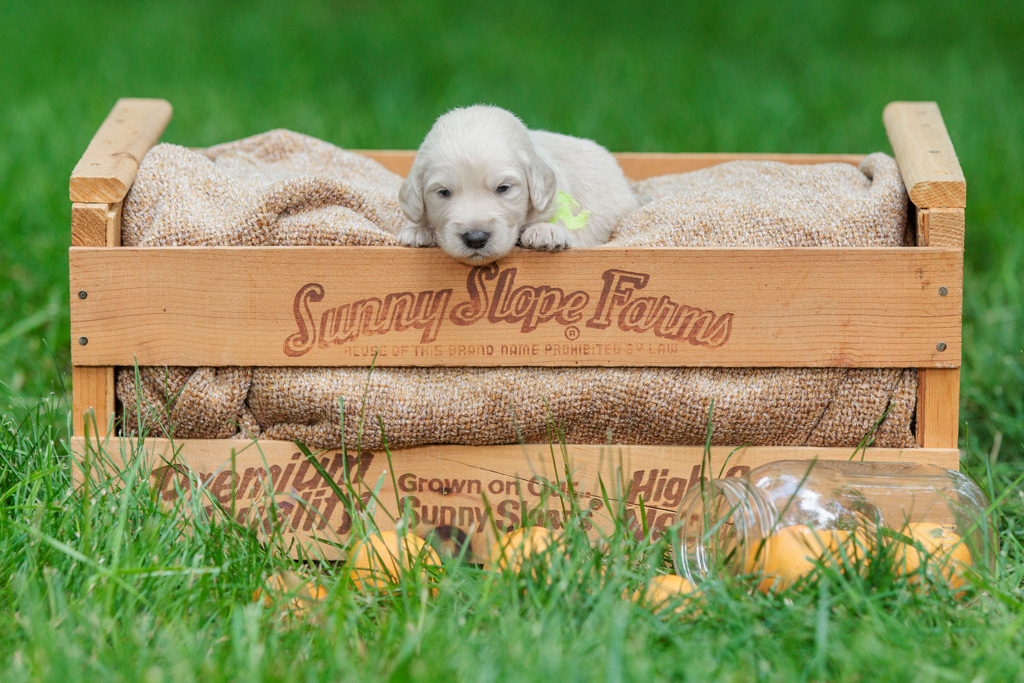Bringing a new puppy home is a joyous occasion. It’s a journey filled with laughter, love, and yes, a bit of chaos.
But don’t worry.
This guide is here to help you navigate the exciting world of new puppy care. It’s a comprehensive resource, combining practical advice with personal insights.
We’ll cover everything from creating a welcoming environment to establishing a feeding routine. We’ll delve into the basics of puppy training, and discuss how to handle common behavioral issues.
This guide is not just about the ‘how-tos’. It’s about understanding the commitment and dedication required in raising a puppy. It’s about celebrating the bond that develops between you and your furry friend.
So, whether you’re an aspiring dog breeder, a pet care blogger, or an animal welfare activist, this new puppy guide is for you. Let’s embark on this journey together, one paw at a time.
Welcome to the world of new puppy care.
Creating a Welcoming Environment for Your New Puppy
Bringing home a puppy requires more than just love; it requires preparation. It’s essential to create a space where your puppy feels safe and comfortable. This welcoming environment sets the stage for your puppy to thrive.
Start by designating a specific area in your home for your puppy. This space should be cozy, quiet, and free from hazards. It will be your puppy’s haven as they adjust to their new surroundings.
Remember, the transition to a new home can be overwhelming for a puppy. Having a dedicated space helps ease this transition. It gives your puppy the security they need to explore, play, and rest.
Puppy-Proofing Your Home
Puppies are curious by nature. They love to explore and often get into everything. Puppy-proofing your home is crucial to ensure their safety.
Begin by removing any small items or cords within reach. These can pose choking hazards. Consider childproof locks for cabinets and cover electrical outlets.
- Remove toxic plants and chemicals.
- Secure trash bins to prevent rummaging.
- Use gates to restrict access to certain areas.
These steps create a safe, controlled environment for your puppy to explore.
Gathering Essential Supplies
Preparation isn’t complete without the right supplies. Having essential items on hand makes your puppy’s transition smoother. It also sets the foundation for good habits.
Start with the basics, such as a comfortable bed, food and water bowls, and a quality collar and leash. These are indispensable for daily care.
You’ll also need a selection of toys to keep your puppy entertained and help with teething. Choose toys that are safe, durable, and suitable for your puppy’s age and size.
Here’s a list of must-haves:
- A soft, cozy bed
- Stainless steel bowls
- Chew toys and puzzles
- A secure, adjustable collar and leash
Equipping your home with these essentials ensures your puppy feels welcomed and loved from day one.
The First Vet Visit and Vaccination Schedule
Visiting the vet is one of the first tasks for new puppy owners. This initial visit sets the foundation for your puppy’s health. It is your opportunity to address any concerns with a professional.
During this visit, your vet will conduct a thorough physical examination. They will check your puppy’s weight, body condition, and overall health. Early detection of potential health issues is crucial to ensuring your puppy thrives.
Vaccinations play a vital role in your puppy’s health, as they protect against common diseases. Your vet will provide you with a vaccination schedule tailored to your puppy’s needs. Keep this schedule in mind, as timely vaccinations are essential to keep your puppy protected.
Your first visit is also the perfect time to discuss preventive care. Topics such as flea and tick prevention, deworming, and diet can be covered. These measures help ensure your puppy lives a healthy and active life.
Understanding Your Puppy’s Health Needs
Each puppy has unique health needs, influenced by breed, size, and background. Understanding these needs can feel overwhelming but it’s crucial for responsible pet ownership. With guidance, you can ensure your puppy’s overall well-being.
Start by familiarizing yourself with common breed-specific health concerns. Every breed has its own predispositions, such as hip dysplasia or skin conditions. Awareness enables you to monitor and manage these issues proactively.
Nutrition is a cornerstone of a healthy life. Work with your vet to select the right diet based on your puppy’s age, size, and activity level. A balanced diet supports healthy development and maintains energy levels.
Finally, regular veterinary check-ups are essential. They help track your puppy’s growth and address issues promptly. This proactive approach ensures your puppy remains on the path to long-term health.
Establishing a Puppy Feeding Schedule
Creating a feeding routine is a cornerstone of new puppy care. A well-planned schedule ensures your puppy receives consistent nutrition. This not only supports their growth but also helps establish behavioral discipline.
Begin by feeding your puppy at the same times each day. Consistency aids digestion and helps regulate their metabolism. It also reinforces a sense of security, as puppies thrive on routine.
Here’s a simple feeding schedule to start with:
- Morning: Breakfast after a morning walk
- Midday: Lunch around noon
- Evening: Dinner a few hours before bedtime
Monitoring your puppy’s weight and body condition will help you adjust portion sizes as needed. Puppies require more calories than adult dogs due to their rapid growth rate. However, overfeeding can lead to obesity and health problems later in life.
As your puppy grows, their nutritional needs will change. Regular vet visits can guide you in adjusting their diet. The goal is to meet their evolving requirements and foster a healthy and active lifestyle.
Nutritional Needs and Choosing the Right Food
Understanding your puppy’s nutritional needs is essential for their development. A balanced diet provides the necessary energy and nutrients for their growing bodies. Each meal you provide should support their physical and cognitive growth.
Start with high-quality puppy food that is rich in proteins. Proteins are the building blocks for their muscles and organs. Make sure the food also contains essential vitamins and minerals, which aid in bone growth and immune function.
Puppies have different energy needs based on size and activity level. Your vet can recommend the right portion sizes for your specific breed. They might also suggest supplements if certain nutrients are lacking.
Choosing the right food may require some trial and error. Observe how your puppy reacts and adjust accordingly. Signs of a suitable diet include healthy skin, a shiny coat, and regular stools. Remember, a good diet is a key factor in a puppy’s overall happiness and health.
Housebreaking and Puppy Training Basics
Housebreaking a puppy can be challenging, but it’s essential for happy cohabitation. With patience and consistency, your puppy will learn the house rules. Starting early is key to setting them on the right path.
Crate training is highly effective for housebreaking. It utilizes a dog’s instinct to keep their sleeping area clean. Ensure the crate is comfortable and just large enough for your puppy to stand, turn, and lie down.
Introduce the crate gradually, making it a positive space for your puppy. Fill it with cozy bedding and a favorite toy. Use the crate to establish a routine, like using it for naps and bedtime.
Always monitor your puppy’s needs and schedule regular breaks for potty time. Puppies have small bladders and need frequent opportunities to relieve themselves. Praise and reward them each time they succeed, reinforcing good behavior and building confidence.
Tips for Successful Potty Training
Potty training requires dedication and a proactive approach. Keeping a close eye on your puppy’s signals is vital. Common indicators like sniffing or circling mean it’s time to head outside.
Set a consistent potty schedule. Take your puppy out first thing in the morning, after meals, and before bedtime. Frequent bathroom breaks prevent accidents and form good habits.
Positive reinforcement is a powerful tool in potty training. Celebrate successes with treats and praise immediately after your puppy eliminates outside. Reinforce the behavior with loving words and gentle encouragement, building trust and understanding.
Accidents will happen, and that’s okay. Clean up messes promptly with an enzymatic cleaner to neutralize odors. Never punish your puppy for accidents, as it can create fear and confusion. Focus instead on encouraging positive behaviors with patience and love.
Basic Obedience and Socialization
Obedience training is a cornerstone of a well-behaved puppy. It sets the stage for a harmonious life together. Start with basic commands, like sit, stay, and come.
Training should be a fun and rewarding experience for both of you. This builds trust and enhances your bond. Use treats, toys, and affection to motivate and encourage your puppy.
Consistency is crucial for reinforcing desired behaviors. Practice commands in various settings, helping your puppy generalize their learning. Patience and praise will guide them on their journey to being well-mannered.
Socialization is equally important in a puppy’s development. Exposing them to different environments, people, and other animals fosters confidence and adaptability. This reduces fear and helps them grow into a friendly, well-adjusted dog.
Essential Commands and Socialization Exercises
Teaching essential commands is a practical first step. Start with sit, as it’s simple and can calm an excited puppy. Gradually introduce other commands, like down and leave it, to build their repertoire.
Keep training sessions short and sweet, ensuring they remain engaging. Puppies have short attention spans, so frequent breaks are necessary. This maintains enthusiasm and helps information stick.
For socialization, introduce new experiences gradually. Begin with calm settings before moving to busier environments. Monitor your puppy’s comfort and reward them for calm behavior. Encourage positive interactions with other dogs and people to build their confidence.
Remember, each puppy learns at their pace. Patience and encouragement will support their growth, leading to a well-rounded and happy companion.
Exercise and Play: Keeping Your Puppy Active and Engaged
Exercise is vital for a puppy’s physical health and mental stimulation. Puppies have boundless energy that needs an outlet. Regular playtime and walks help manage this energy effectively.
Engaging your puppy in play fosters a strong bond and teaches social skills. Varied activities like fetch, tug-of-war, and hide-and-seek keep them mentally sharp. These games also reinforce obedience in a fun way.
Ensure activities are age-appropriate to prevent injury. Young puppies should avoid high-impact exercise. Gradually increase exercise as your puppy grows and their stamina builds. This helps develop a healthy, fit adult dog.
Choosing the Right Toys and Activities
Selecting appropriate toys enhances playtime. Choose durable, safe toys suited for teething and chewing. These provide comfort and help with development.
Interactive toys like puzzle feeders challenge your puppy’s mind. They keep your puppy engaged, reducing boredom-driven behaviors. Rotating toys maintains interest, ensuring every play session is exciting and new.
Grooming and Dental Care Basics
Regular grooming keeps your puppy clean and healthy. It also helps you check for ticks, fleas, or skin issues. Grooming sessions are a great opportunity to bond with your puppy.
Start by brushing your puppy’s coat every few days. This prevents mats and reduces shedding. Always use a brush suited to your puppy’s coat type. This keeps their fur sleek and neat.
Don’t overlook your puppy’s dental health. Introduce tooth brushing early to prevent dental disease. Use toothpaste made for dogs. Routine brushing promotes good oral hygiene and freshens your puppy’s breath.
Routine Grooming and Handling Teething
Incorporate grooming into your routine from the start. This helps your puppy adjust to being handled, making grooming less stressful over time. Be patient and gentle, rewarding them after each session to reinforce positive experiences.
Teething is a challenging phase for puppies. Offer chew toys to soothe discomfort and protect furniture. Encourage your puppy to chew on these toys instead of household items. This approach helps prevent destructive chewing habits.
Dealing with Behavioral Issues and Separation Anxiety
Puppies naturally explore and sometimes develop unwanted habits. Understanding common behavioral issues is key to preventing them from worsening. Early intervention is essential to guide your puppy in the right direction.
Separation anxiety is a concern for many puppy owners. Puppies are social creatures and may feel distressed when left alone. Gradually acclimating your puppy to being alone can ease this anxiety. Start with short periods and slowly extend the time apart.
Identifying signs of separation anxiety, like whining or destructive behavior, helps manage it early. Providing toys and engaging activities can distract and soothe your puppy during your absence. This reduces their stress and maintains a harmonious household.
Positive Reinforcement and Consistency in Training
Positive reinforcement is a powerful tool in training. Rewarding good behavior with treats, praise, or affection encourages repetition of those actions. This method builds a trusting relationship with your puppy.
Consistency is vital in dog training. Puppies thrive on routine and structure. Use the same commands and rewards to avoid confusion. This consistency ensures your puppy knows what to expect, leading to a well-behaved companion.
Preparing for Emergencies and First Aid
Emergencies with puppies can be distressing, but preparation can make a difference. Having an emergency plan can protect your puppy in unexpected situations. It is essential to know the nearest emergency veterinary clinic and keep their contact details handy.
Creating a basic first aid kit tailored for puppies is a practical step. Include items like antiseptic wipes, bandages, and tweezers. This kit can be invaluable in minor mishaps before professional help is available.
Emergency Preparedness and Basic First Aid for Puppies
Understanding basic first aid can be lifesaving. Learning how to control bleeding and treat minor wounds is crucial. Taking a pet first aid course can provide confidence and skills needed in emergencies.
Equally important is knowing your puppy’s normal behavior and vital signs. Recognizing unusual symptoms quickly can ensure timely intervention. Quick action minimizes stress and aids in your puppy’s recovery.
The Importance of Patience and Consistency
Raising a puppy is a journey requiring patience and consistency in care and training. Puppies are like children; they learn from repeated experiences and clear routines. Consistent actions, such as feeding and training at the same times daily, create trust and security.
Patience is vital when training puppies, as they often need time to understand what we expect. Mistakes and accidents are inevitable and should be met with calm guidance rather than frustration. This gentle approach encourages learning in a positive environment.
Every puppy learns at its own pace; your role is to guide and support. Stay committed to training efforts, even when progress seems slow. Consistency helps puppies feel secure as they grow into well-behaved dogs.
Setting Boundaries and Building Trust
Setting boundaries is crucial, as it helps your puppy understand what is acceptable. Clearly defined limits make your puppy’s world more predictable. This predictability fosters trust and confidence.
Building trust involves not only providing consistent guidance but also responding to your puppy’s needs. By nurturing a strong bond, you lay the foundation for a lifelong relationship built on mutual respect and love.
Conclusion: The Joyful Journey of Raising a Puppy
Welcoming a puppy into your life is a fulfilling adventure. This journey is filled with moments of joy, growth, and learning. Every wag of the tail and playful bark reminds us of the simple pleasures in life.
Amidst the challenges, your bond with your puppy strengthens. Each challenge overcome together becomes a step toward mutual understanding and affection. This shared journey brings countless rewarding experiences and cherished memories.
Encouraging Stories and Final Thoughts
Many puppy owners have inspiring tales of overcoming obstacles. Their stories show the transformative power of love and dedication in building a cherished companionship. Each success, no matter how small, should be celebrated.
Remember, patience and perseverance are key in puppy care. You are not alone in this journey; connect with fellow dog lovers for support and advice. As your puppy grows and learns, you’ll find that the effort and commitment pay off in immeasurable ways.
What would you rate this content?
